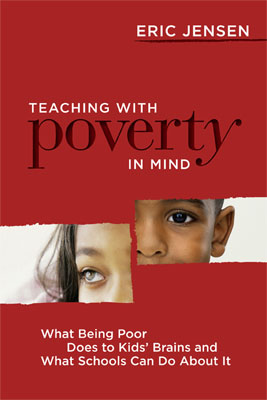The Myth of the Brain as a Video Camera
Before we discuss what current research tells us about memory and recall, it may be helpful to address a common misconception that emerged from the work ofCanadian neurosurgeon Wilder Penfield in the 1930s and 1940s. Penfield reported that during surgery, an electrical stimulation of the temporal lobe produced episodes of recall, almost like seeing movie clips. Many concluded that the brain ―videotaped‖ life, and to remember things, our memories simply needed to be prompted. But these episodes of recall occurred in less than 5 percent of Penfield‘s patients. In addition, these were seizure patients, not healthy, random individuals. Some psychologists have since dismissed the supposed recall he reported as ―prompted‖ (Fisher, 1990), and the results have not been replicated by other surgeons. Still, somehow, the erroneous but popular concept of a brain that records or videotapes life like a CD or DVD player has persisted. But the reality is very different. Current neuroscience describes memories as ―dynamic‖ and not fixed. Among the many factors found to be important are background context, date of encoding, emotions, hormones, neurogenesis, and specific signaling stimuli (Nadel & Land, 2000). Using what we now know, we can define memory as the creation of a persistent change in the brain by a transient stimulus.
Notes:
Folksonomies: cognition memory
Taxonomies:
/automotive and vehicles/vehicle brands/toyota (0.577275)
/art and entertainment/movies and tv/reality (0.577196)
/health and fitness/disease (0.519778)
Keywords:
neurosurgeon Wilder Penfield (0.988143 (neutral:0.000000)), lobe produced episodes (0.879291 (neutral:0.000000)), specific signaling stimuli (0.787641 (neutral:0.000000)), recall (0.649080 (negative:-0.517830)), common misconception (0.595582 (neutral:0.000000)), electrical stimulation (0.568122 (neutral:0.000000)), Video Camera (0.552873 (negative:-0.366200)), current research (0.543592 (negative:-0.366200)), movie clips (0.542580 (positive:0.317945)), transient stimulus (0.539705 (negative:-0.351362)), seizure patients (0.521588 (negative:-0.510000)), random individuals (0.508422 (neutral:0.000000)), persistent change (0.505742 (negative:-0.351362)), Penfield‘s patients (0.504960 (negative:-0.669461)), background context (0.497424 (positive:0.405920)), DVD player (0.496135 (neutral:0.000000)), popular concept (0.495113 (neutral:0.000000)), Current neuroscience (0.488139 (negative:-0.348233)), brain (0.422719 (negative:-0.358781)), memories (0.330680 (negative:-0.348233)), memory (0.307413 (negative:-0.358781)), life (0.303715 (neutral:0.000000)), neurogenesis (0.288532 (neutral:0.000000)), Nadel (0.288234 (positive:0.232658)), 1940s (0.276160 (neutral:0.000000)), 1930s (0.273281 (neutral:0.000000)), percent (0.269613 (negative:-0.669461)), Myth (0.267328 (negative:-0.366200)), hormones (0.267021 (neutral:0.000000)), psychologists (0.262436 (neutral:0.000000))
Entities:
Wilder Penfield:Person (0.781458 (neutral:0.000000)), temporal lobe:Anatomy (0.459027 (neutral:0.000000)), Nadel:Person (0.373522 (positive:0.232658)), Fisher:Person (0.331568 (neutral:0.000000)), 5 percent:Quantity (0.331568 (neutral:0.000000))
Concepts:
Hippocampus (0.951790): dbpedia | freebase | opencyc
Psychology (0.822875): dbpedia | freebase | opencyc
Memory (0.606629): dbpedia | freebase
Temporal lobe (0.559391): dbpedia | freebase | opencyc
Brain (0.543900): dbpedia | freebase | opencyc
Cerebral cortex (0.527473): dbpedia | freebase
Primary auditory cortex (0.518709): dbpedia | freebase | yago
Neuroscience (0.511674): dbpedia | freebase





